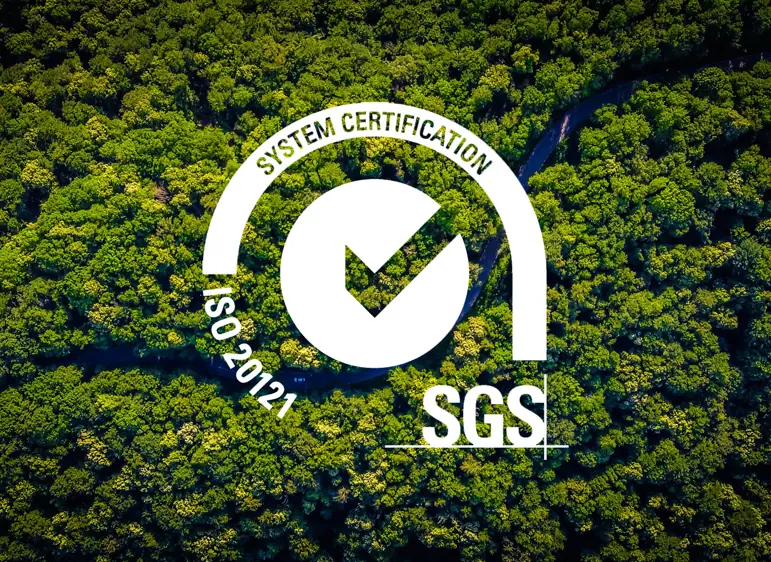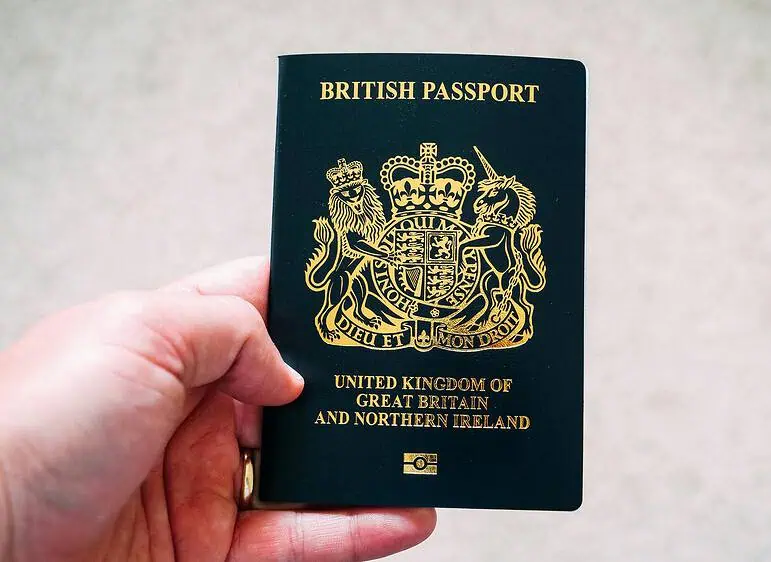
F1’s “Sustainable Spectacle” target continues with the inaugural Las Vegas GP
Formula 1 made a bold move in November 2019 by launching their “Net Zero” initiative, which aims to achieve carbon neutrality in the sport by 2030. The first stage of this initiative, with a goal of 2025, was to ensure every race would qualify as an “F1 Sustainable Spectacle.” That meant each race would use sustainable materials with all waste materials “re-used, recycled, or composted.” In addition, each race would provide fans with “incentives and tools” to reach the venue in a “greener way.”
Changing the messaging to those attending events, either professionally or as fans, is seen as a vital part of F1’s sustainability plan. There has been a push for fans to be more mindful of how they can reduce their carbon footprint, be it through recycling, use of sustainable transportation methods to get to venues, or even eating vegetarian options from concession stalls. This year’s Dutch GP in Zandvoort featured thousands of fans who opted for pushbikes or public transport instead of cars.
In addition to those attending the races, each race itself has specific targets to meet in terms of reducing their environmental impact, which are closely monitored. Some circuits have made significant strides against these targets, including the Circuit de Catalunya in Barcelona and Sakhir International Circuit in Bahrain, both of which are now powered entirely by renewable energy. While these targets may vary depending on location and infrastructure, there is a sharing of best practices among all stakeholders in the paddock, including promoters and teams. For instance, F1’s new motorhome, which debuted at last year’s Spanish Grand Prix, was designed with efficiency in mind, demonstrating that it is possible to be more environmentally friendly without sacrificing hospitality options.
How does the Las Vegas Grand Prix fit in with F1’s sustainability target?
The organisers of the inaugural Las Vegas Grand Prix have taken significant measures to ensure that the event meets the criteria of being a “Sustainable Spectacle”. To achieve this, the promoters have introduced a unique water conservation program, aiming to incorporate technologies that can minimize and eventually compensate for the outdoor water consumption during large-scale sporting events.
In collaboration with the Southern Nevada Water Authority (SNWA), WaterStart, and MGM Resorts, the water conservation program will be implemented at the MGM Grand Hotel & Casino. This program has the potential to make the Las Vegas Grand Prix the first Formula 1 race in history to achieve Net-Zero Water Consumption.
As part of this initiative, the Las Vegas Grand Prix and its partners will install an atmospheric water generator. This technology captures water vapor that would otherwise go to waste and reintroduces it into the system. By doing so, it will offset the anticipated outdoor water usage throughout the race weekend.
Furthermore, Liquid Death, a drinks brand that is known for its unique blend of health, sustainability, and humour, has been announced as an official partner of the Las Vegas Grand Prix. The brand’s commitment to sustainability goes beyond just hydration, as it aims to bring an end to plastic by packaging its products in recyclable tallboy cans. These cans contain “20 times more recycled material per container than plastic”, making them an eco-friendlier option. By choosing this sustainable packaging, Liquid Death is in line with Formula 1’s dedication to environmental responsibility and race attendees will also be contributing to the eco-friendly initiative.
Finally, the event announced a multi-year partnership with Switch, the technology infrastructure corporation headquartered in Las Vegas and powered by 100% renewable energy, to provide the Las Vegas Grand Prix team with resources to support its sustainability goals.
Speaking on the announcement, Pilar Harris, Senior Director of CSR and Government Relations for the Las Vegas Grand Prix said:
“Formula 1 has made it its mission to work towards becoming a net zero global sport, and, as the newest race on the F1 calendar, we wanted to ensure that we were doing our part to support that initiative. By collaborating with a local industry leader, like Switch, we can find ways to establish environmentally conscious practices and operate this event for the ultimate good of the Las Vegas community.”
The next phase of F1’s sustainability strategy is considerably more ambitious. F1 aims to achieve a “net zero carbon footprint from factory to flag,” which requires “ultra-efficient and low/zero carbon logistics and travel”. As the year 2030 approaches, the challenge F1 has set itself becomes increasingly daunting. However, the first stage of the initiative is well on its way to being achieved, and the upcoming Las Vegas Grand Prix and other races throughout the year are doing their part by ensuring they host a “Sustainable Spectacle”.

